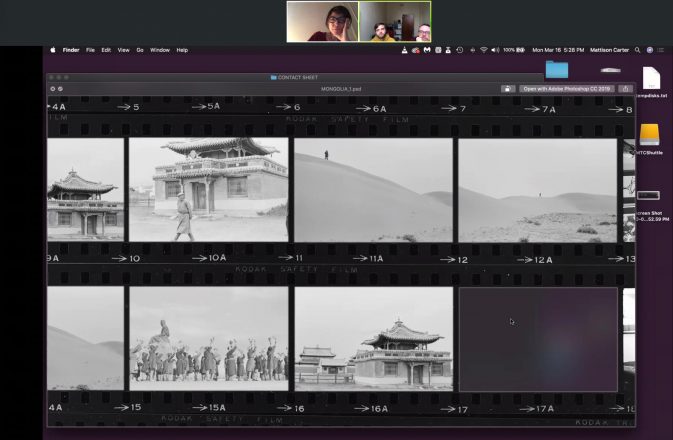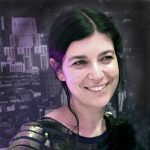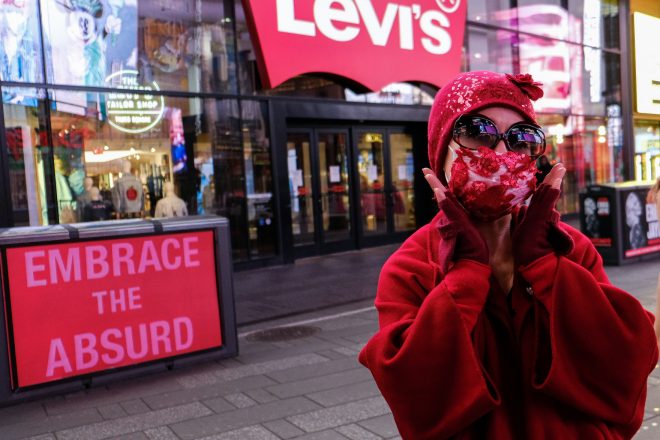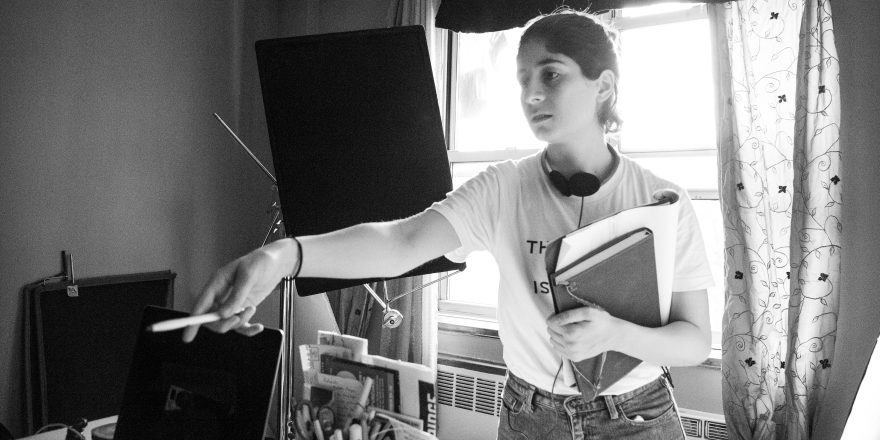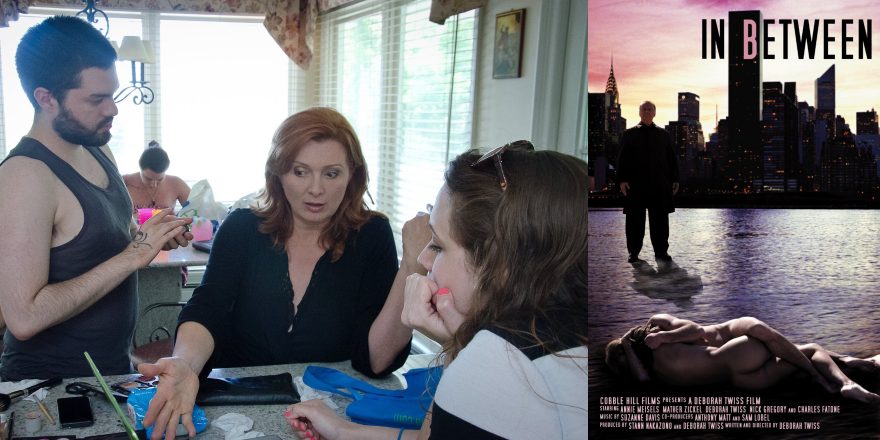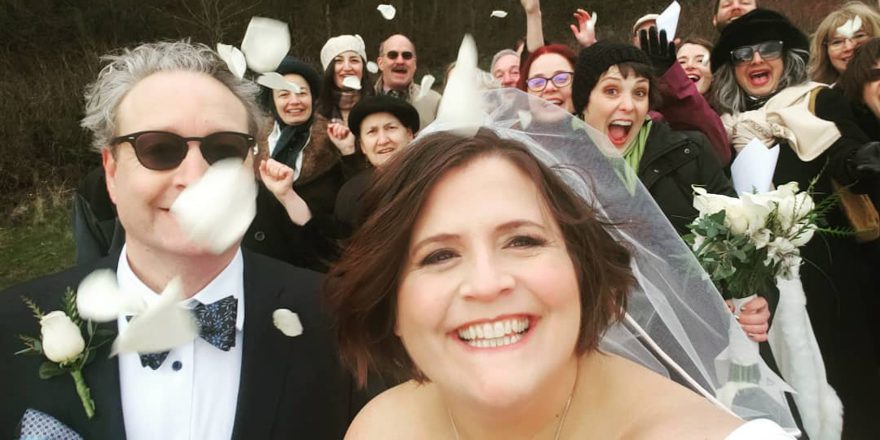A few weeks ago, I had plans. So many plans.
Just back from an extended creative retreat in Southern California, the weeks ahead held promise and anticipation – after nine years in production on the feature documentary project A Photographic Memory and a few false starts in post, I was finally about to begin work with an excruciatingly vetted editor. In early March, my film team had just selected an office, purchased an edit system, and begun to excitedly plan for the months ahead. I’m a photographer as well as a filmmaker, so to use the industry terminology – if the world was a camera lens, the aperture was then at 1.8. Wide-open. Light pouring in. Full exposure.
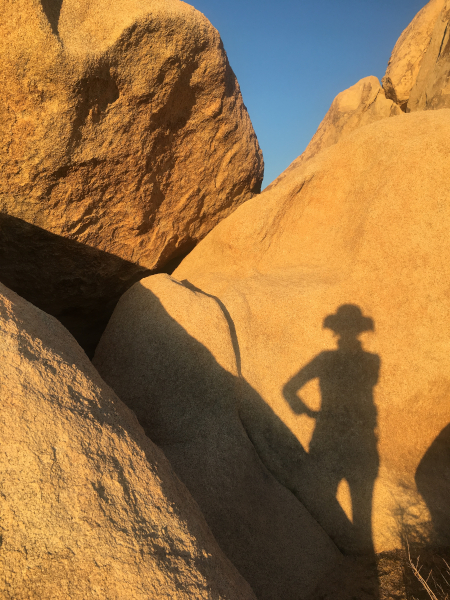
Each day since, we in New York City – as well as across the globe, in increments, both before and after – have stopped down our apertures one at a time, the light getting reduced slowly, then quickly, as we find ourselves homebound, in quarantine, perhaps hyper-communicating via text, social media, and the newly ubiquitous Zoom, each one facing this wild new existence in their own way. Many of us suspect the world as we knew it no longer exists. Still, as independent filmmakers, we are used to thinking on our toes, tapping resources, dealing with last-minute plan changes, turning sweeping disappointments into opportunities, and overcoming hurdles.
But a couple of days ago, I found myself reflecting on how quickly and drastically I, and my fellow filmmakers (along with the rest of the world), have had to shift gears professionally, personally, physically – on every level, really. Countless peers who had also worked for years on a film that they had to make suddenly found their goals and dreams abruptly halted, in question – possibly forever, but at least for an unknown period. Some had films at SXSW, some at Tribeca, others at Hot Docs, Miami Film Festival, and more. Some were about to sign contracts with investors who’d verbally promised them deals, funds that would be the make-or-break difference between a film getting made or paused indefinitely. Dozens of folks in my greater filmmaking network were all of a sudden completely out of work. No more shoots, events, or budgets. Whereas many of us were already living one gig to the next within a bull market, now there were simply no gigs, nor any idea how rent would be paid or any other necessities afforded. And as we watched closely as the congress made relief deals for Americans, we realized we’d have to fight to be recognized amongst those eligible for relief.
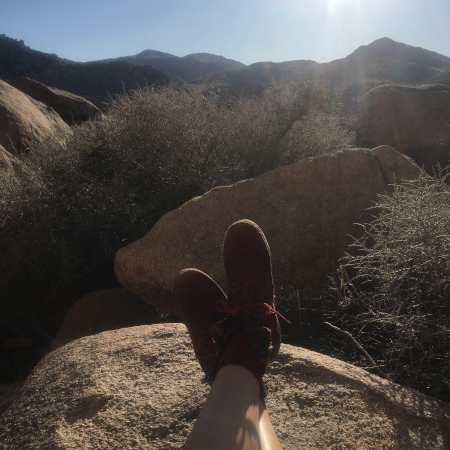
This is a mixed time for many of us, full of highs and lows. On any given day, one can feel like a hero or a basketcase. On one hand, I’ve been in awe of this new reality, which to a storyteller can even seem exciting at times. Living in New York City, where many freelance creatives like myself schedule bite-sized meetings to squeeze into each others’ stretched schedules, for years I’ve felt a longing for deeper connection and community. Now, everyone seems turned to that as a priority, though ironically we can’t connect in person. It’s like everyone has discovered how selfish we’ve all been, focused inwards on our own individual lives and struggles. Now that we can’t see each other, urges that were previously unconscious or taken for granted are keenly felt. Physical touch. Seeing people in person. Looking into someone’s eyes. Going to a movie theater to watch films together and taking in the nuance of human emotions around us as they play. Otherwise, why do we make movies? If not to move people. To evoke emotion. And as a filmmaker, I think most of us want to be present as our audiences feel and react in subtle, immediate ways to the work. Of all the casualties of this pandemic, let us not allow movie theaters to be one of them.
Perhaps a gift of this time, when we up till now thought we knew a little about where we were headed, is the unknown. There is a rich beauty in this new curiosity, when as adults we think we come to “know” how things will be, how people are, and what to expect. Now there’s no script for where we are and every day new acts are written. This is both exciting and terrifying, particularly when the stakes are so high – economic disaster for some, illness and death for others. But also the potential for many of us to seize this moment, to reframe our lives and rethink and plan to rebuild those systems we had that no longer are viable, or were never beneficial in the first place.
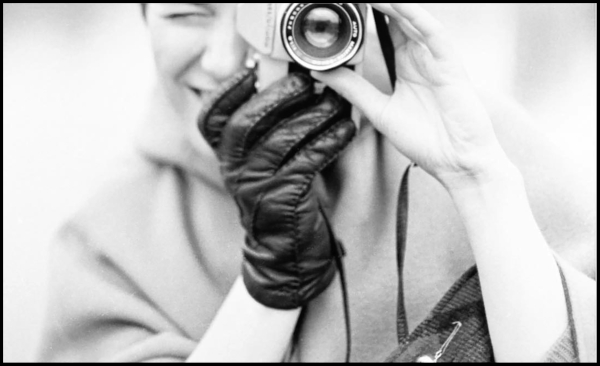
journalist Sheila Turner-Seed, Rachel’s mother.
Last week, observing my own idiosyncratic new life as an independent filmmaker in quarantine, I created this time capsule of a moment we didn’t see coming, and that for the time being, many of us can’t see beyond, though we know it will pass:
8:45 a.m. Wake up to my partner urgently telling me, “I just had to help our neighbor up the stairs, she doesn’t seem well.”
I spring into action and email every neighbor whose contact I have: Does anyone know this neighbor’s name, and whether she has family nearby? I describe her condition; neighbors agree I should call 911 for a wellness check. Police arrive; neighbor doesn’t want to come out, nor seek medical help. Police leave. I think about and worry how she will get food and other services right now. I start a WhatsApp group to connect neighbors in my building in case anyone else needs help; I type and print out a notice so I don’t have to knock directly on anyone’s door, and hope folks will reach out to get connected.
9:15 a.m. Do yoga, drink coffee and listen to a positive meditation. This was my pre-quarantine routine, and it feels all the more necessary now.
10 a.m. I speak with a very close friend who is 82 years old and has asthma, and has been quarantined on the Travis Air Force Base in California after disembarking from that San Francisco-bound cruise ship a few days ago. She sends me pictures of life on the base, and assures me she is doing OK. Still, she tells me, she can’t get sick, or she will most likely die. I’m enlivened by her upbeat matter-of-fact attitude about it all.
11:15 a.m. My feature film edit has just begun, and I troubleshoot how to do this remotely with my editor, who, instead of working with me in our new office, is sequestered upstate with an outdated laptop and subpar Wi-Fi (not the brand new iMac we just got for the job). We settle on Zoom (should we all be buying Zoom stock, btw?) and I spend about six hours with him and our assistant editor, giving them an overview via screenshare of our film footage.
3 p.m. I take a much-needed break from work as the afternoon hits and I get stir crazy – my cramped one-bedroom that also doubles as my partner’s art studio is starting to get to me. I must go for a walk! Check-in phone calls have been piling up. I head outside and get anxious at the sight of the multitudes of people, some in groups, leisurely walking, riding bikes, etc. I find myself weaving in and out of streets and sidewalks to keep my distance, all the while wondering if I or they are exposing ourselves to the other.
4 p.m. – 6 p.m. Back to work – Zoom call with my editor. We discuss creative ideas and look at footage via screen sharing. Concentrating on something other than the news provides a welcome respite.
6 p.m. – 7 p.m. Break for dinner. I cook my partner and myself a produce-heavy meal in an effort to keep us healthy. He tells me I’ve been spending way too much time on the phone.
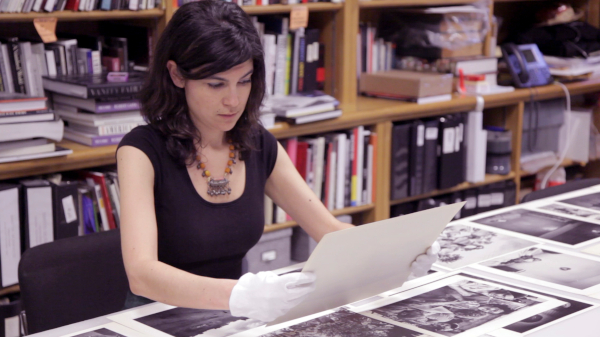
work in the archives at the International Center of Photography.
8 p.m. – 9 p.m. Start to read and reply to the torrent of WhatsApp messages, which range from extremely hopeful to devastating. A friend in Europe has made a moving video about Italians singing from balconies. A nurse on my neighborhood Facebook group pleads for masks and I scramble to connect her with a friend who has a factory contact in China.
9 p.m. – 10 p.m. Conference call with my 90-year-old father’s team of caregivers. He lives in Illinois and I agonize over the decision to go quarantine at his place. In the meantime, I tell two of the three caregivers I rely on not to come in for two weeks, as one works in a hospital that is treating active cases of COVID-19. I am concerned about who will watch him if anyone gets sick, and how to keep him isolated yet cared for.
10 p.m. – 12 a.m. A friend shared with me that IDFA has put all their films online to stream for free. We settle on two shorts: Joe’s Violin by Kahane Cooperman and Guaxuma by Nara Normande. My emotional reaction to both seems extreme and I’m realizing how the anxiety of this situation is getting to me.
12 a.m. Wind down and get ready for bed.
12 a.m. – 2 a.m. Unable to relax and go to sleep, I spend the next two hours scrolling social media in hopes of solace. Instagram helps, Facebook does not!
This is just one day, of one filmmaker, in the ever-changing world of the coronavirus crisis. It’s interesting how everyone deals with this differently. Some people have become couch potatoes, some activists, some avid home-improvement hacks, some beach body or bust workout fanatics. We are all learning so much about ourselves and our country at this time. Personally, I’ve discovered that my workaholism translates into extreme busyness and an insatiable need to help others, create work, and generally leave not a second unaccounted for, for fear of missing an opportunity in this bizarre vortex of home time.
Some of us are worried about parents, friends, elders and people we know who are otherwise vulnerable. Some of us are relieved there is nowhere to go and nothing to do; others feel a great urgency to seize this rare moment as a once-in-a-lifetime chance to get it right, to step up, make a difference, cleanse, heal, go deep within or to finally make that thing they put on the backburner for weeks, months, years. There’s no one right way to pandemic. But there’s no doubt this is an intense, unique or cataclysmic moment in time for each of us. And it’s OK if it’s all of those things simultaneously, and more.
Featured image shows the first day of the film edit for A Photographic Memory, in quarantine. All images courtesy of the author.



